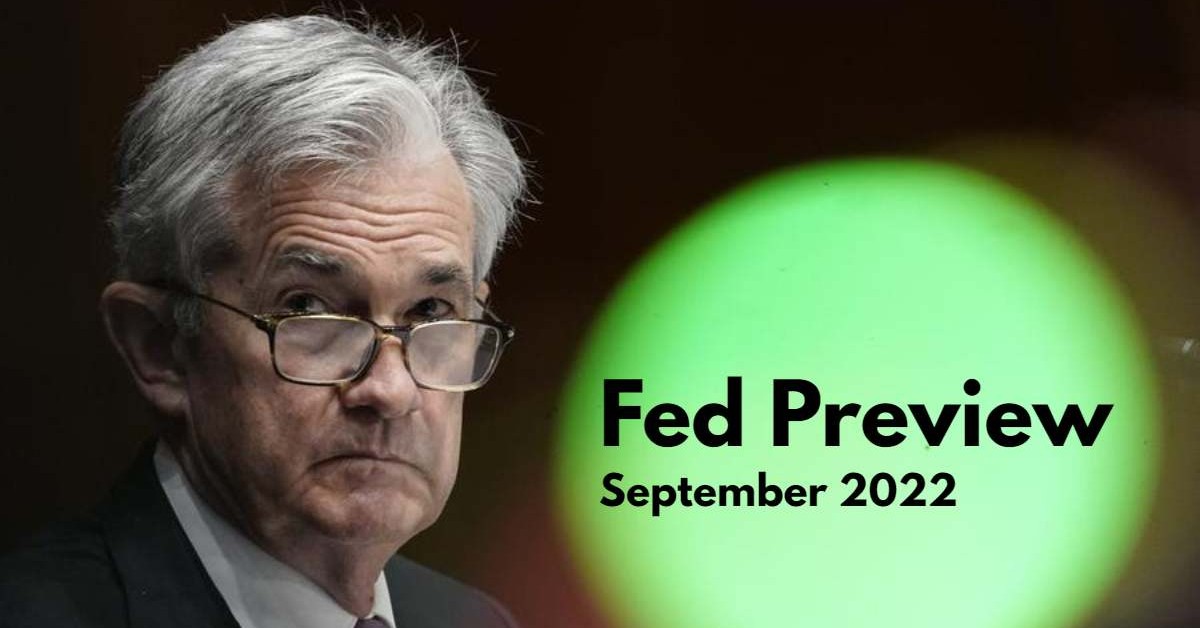Walk on the line between controlling inflation and protecting the economic gains of the previous two years.
Economic data ahead of the next FOMC meeting show that price pressure is still not showing an acceptable slowdown to convince the Fed to slow down its tighter policies. On the labor market data, not only do we not see the slowdown, but it is also even growing, as every week, we see fewer apply for unemployment benefits.
We could also see these acceptable economic conditions in today's housing market data. These published economic data in recent weeks confirm our view that the FOMC will press ahead with another 75 bp rate hike at its meeting. With last Wednesday's published August Consumer Price Index, which was hotter than the consensus estimate, the 50-basis point rate hike option disappeared from surveys. Consumer prices rose 0.1% in August, while the consensus estimates showed a 0.1% decline. Even though this price gain helped the year-over-year inflation slow down to 8.3%, it was much higher than 8.1% of overall estimates. The main concerns were seen in Core Inflation numbers with a 0.6% gain, which was twice more than 0.3% of estimates. These data and prices show that a sustained return to the 2% target of the central bank is an unreal expectation in the short term and suggests a more hawkish stance and decisions rein in this stubbornly high level of inflation.
So far in 2022, the FOMC raised federal fund rates by 25bps in March '22, followed by a 50bps in May '22 and a 75bps hike in the June '22 and July '22 meeting, and now we are waiting for another 75- basis point rate hike. In this meeting, FED has to publish its economic forecasts and the summary of economic projections, which will be very important, especially its dot plots, which can give us more idea of its future rate hike policies.
Along with inflation data, looking at the labor market, the data shows improving progress, with the unemployment rate at 3.7% and employers consistently adding jobs every month, as more than 11 million jobs open seen in August JOLT's report, which is 4 million more than pre-pandemic numbers. This is also one of the reasons why the Fed seems comfortable with raising rates.
While we have the tightening cycle by most major central banks and its impact on a global scale, geopolitical uncertainties also can multiply the effects of tighter financial conditions. On the other hand, warning signs flash for a global recession in 2023, and rapid hikes in interest rates threaten economic growth. Moreover, by adding the high inflation and interest rates effect to this weakened economy, we can realize what can happen if they cannot walk on the line between controlling inflation and protecting the economic gains of the previous two years.
I do personally expect that the Federal Reserve, contrary to its claims of focusing on inflation, has an earnest view on preserving its own economic achievements over the past two years; for this reason, any expected tightening policy will be accompanied by hope and some extent side programs to prevent a severe fall in the stock markets. However, in any case, these conditions do not indicate a serious upward trend in the short term.


















